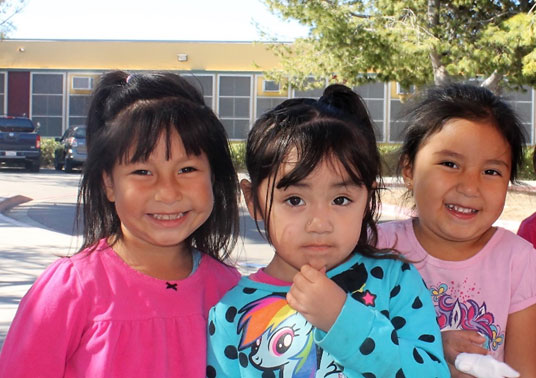
Children deserve healthy homes and communities where they can grow up without exposure to toxic chemicals. Asthma attacks resulting in hospitalizations and emergency room visits are up to three times higher for children living in communities with high levels of air pollution. Many homes in low-income communities of color were built before 1979 and may have lead-based paint hazards in and around their homes, which can cause permanent brain damage and other serious health problems in children. Environmental Health Coalition’s Healthy Kids Campaign empowers parents to become leaders at home, works to protect children from the dangerous health risks of exposure to toxins and lead pollution by reducing or eliminating environmental childhood health hazards and promoting homes and communities that are safe, healthy, accessible and affordable.
Healthy Homes

A home should be a place where children can grow up in a healthy and nurturing environment. Residents in low-income communities of color spend the bulk of their income on housing, yet poorly maintained housing stock makes it difficult to ensure a healthy home for many families.
Environmental Health Coalition’s Healthy Homes project helps families make their homes healthier and more comfortable by:
- Improving ventilation in older homes to reduce respiratory illnesses resulting from mold and carbon monoxide poisoning
- Ensuring that families are reducing the use of pesticides
- Helping families switch to non-toxic household cleaning products
- Assisting families to apply for programs that can provide home improvements
- Ensuring that families live in lead-safe homes
Click here for resources on lead poisoning prevention or call the hotline phone number (858) 694-7000.


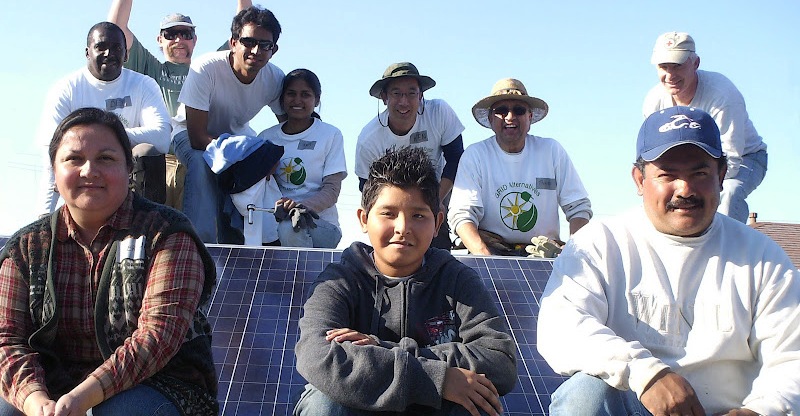
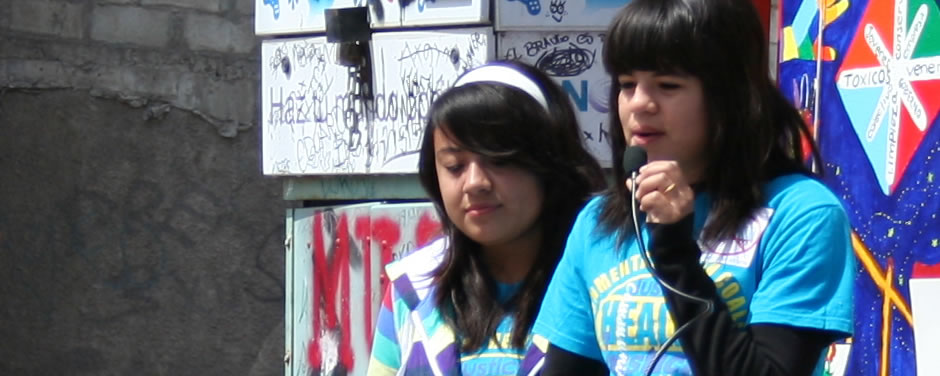 Climate change has come to San Diego.
Climate change has come to San Diego.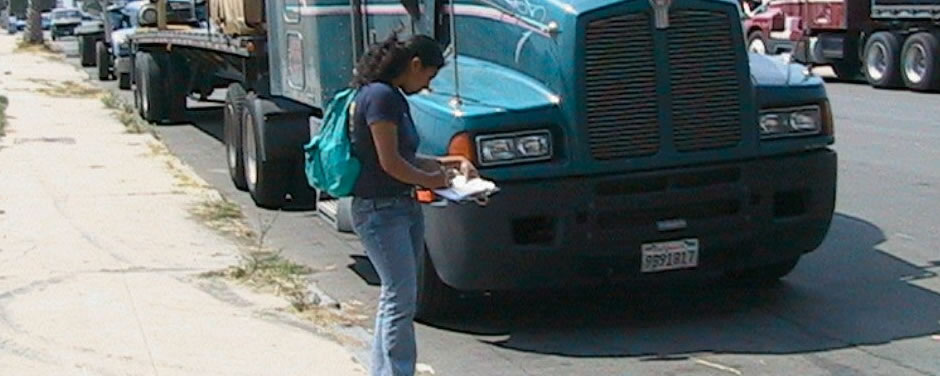

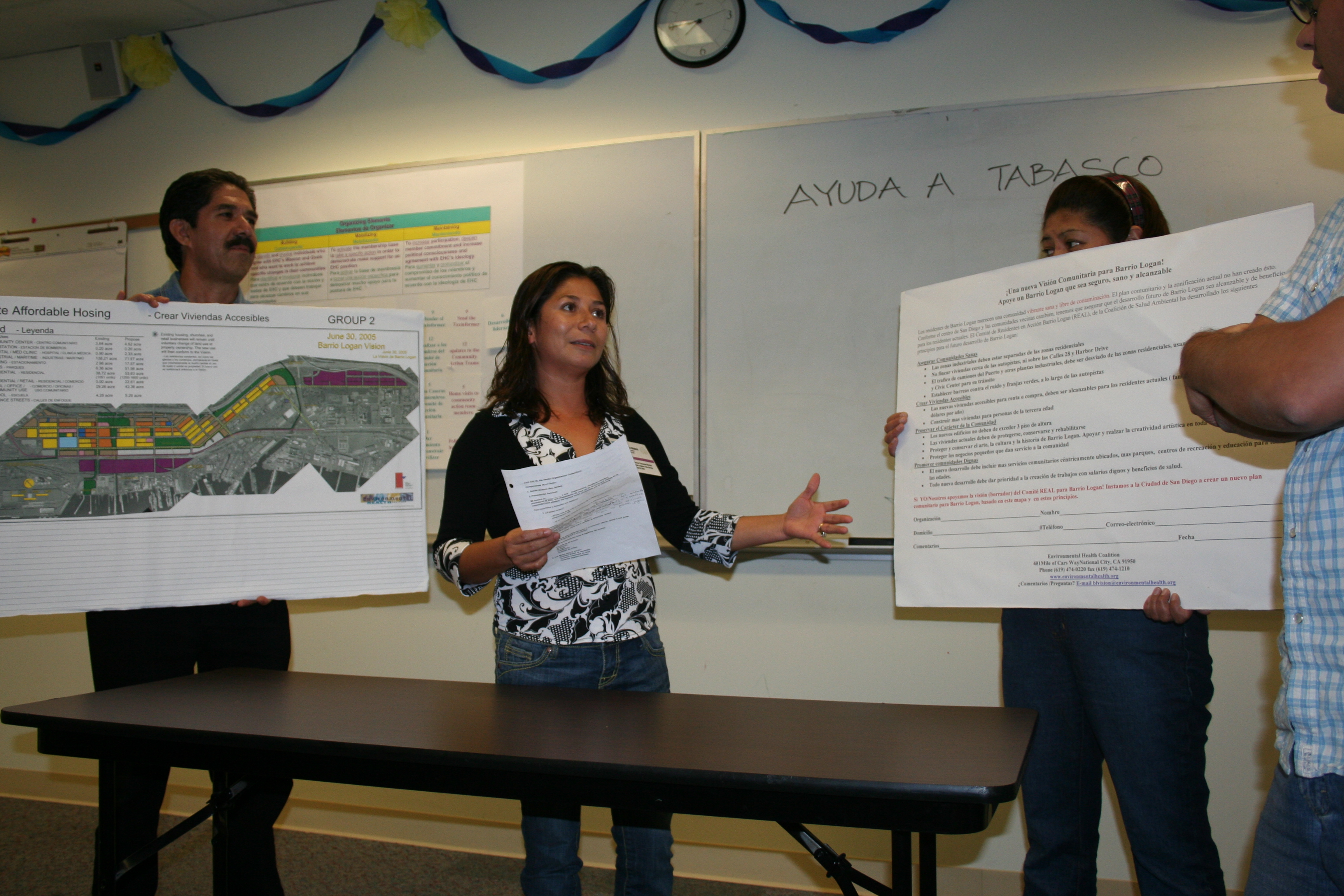 Authentic community involvement in every aspect of community planning and visioning leads to better outcomes that respect neighborhoods and their residents. EHC’s core strategies for all our efforts include community organizing and policy advocacy, which we combine with grassroots leadership development, research and communications to implement each strategic plan. To ensure that the community’s voice is heard, EHC employs the following tactics:
Authentic community involvement in every aspect of community planning and visioning leads to better outcomes that respect neighborhoods and their residents. EHC’s core strategies for all our efforts include community organizing and policy advocacy, which we combine with grassroots leadership development, research and communications to implement each strategic plan. To ensure that the community’s voice is heard, EHC employs the following tactics: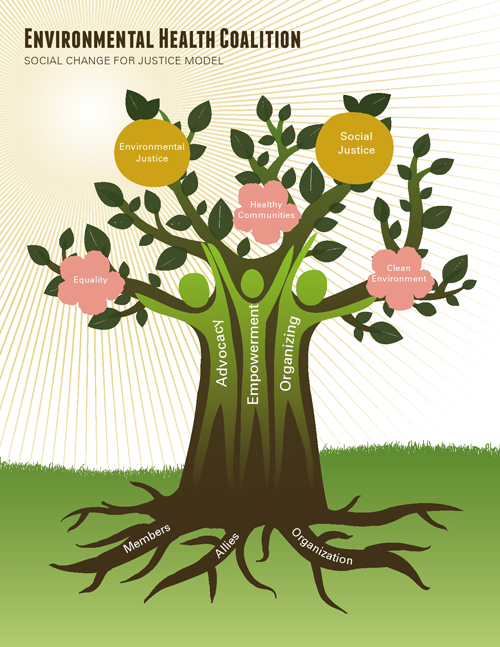
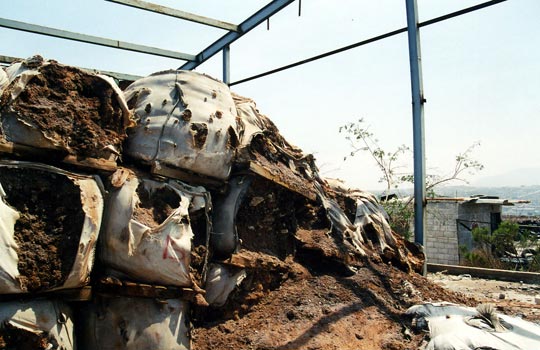 With corporate globalization, trade increased along the U.S.-Mexico border and so did pollution. However, trade agreements like NAFTA fail to hold polluting corporations responsible or to provide resources for environmental protection.
With corporate globalization, trade increased along the U.S.-Mexico border and so did pollution. However, trade agreements like NAFTA fail to hold polluting corporations responsible or to provide resources for environmental protection.